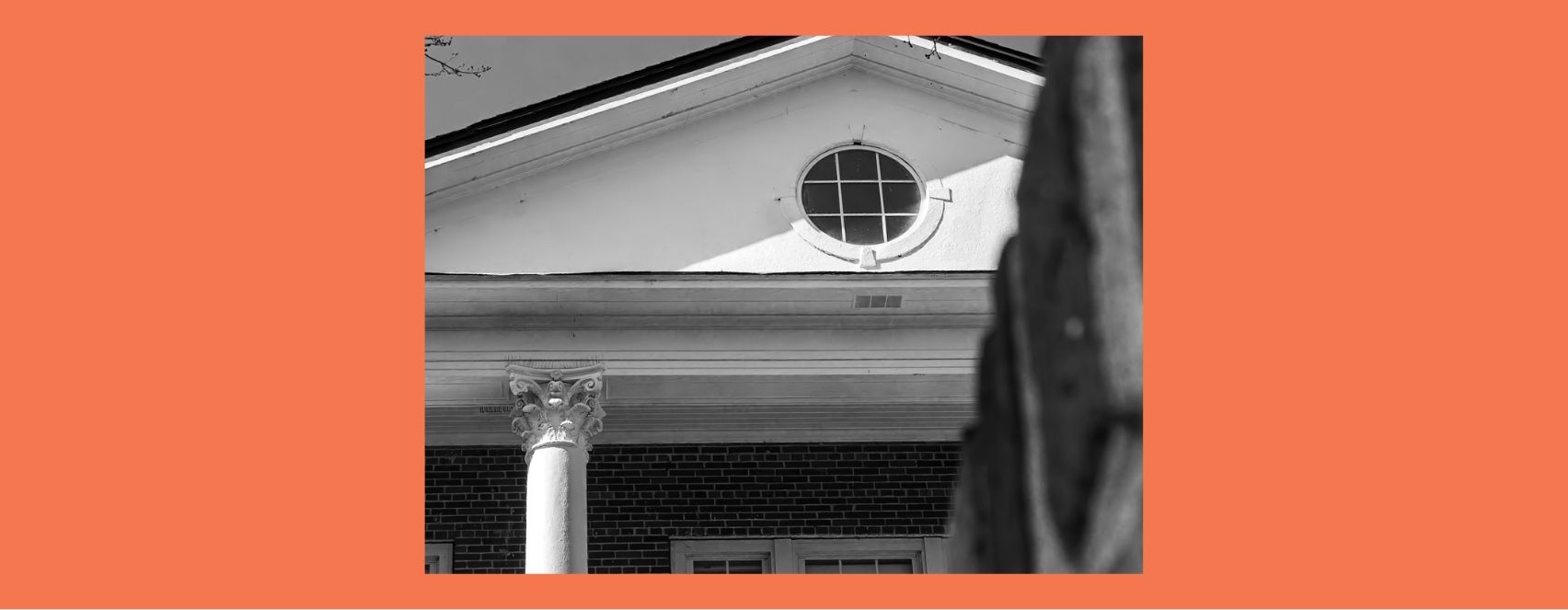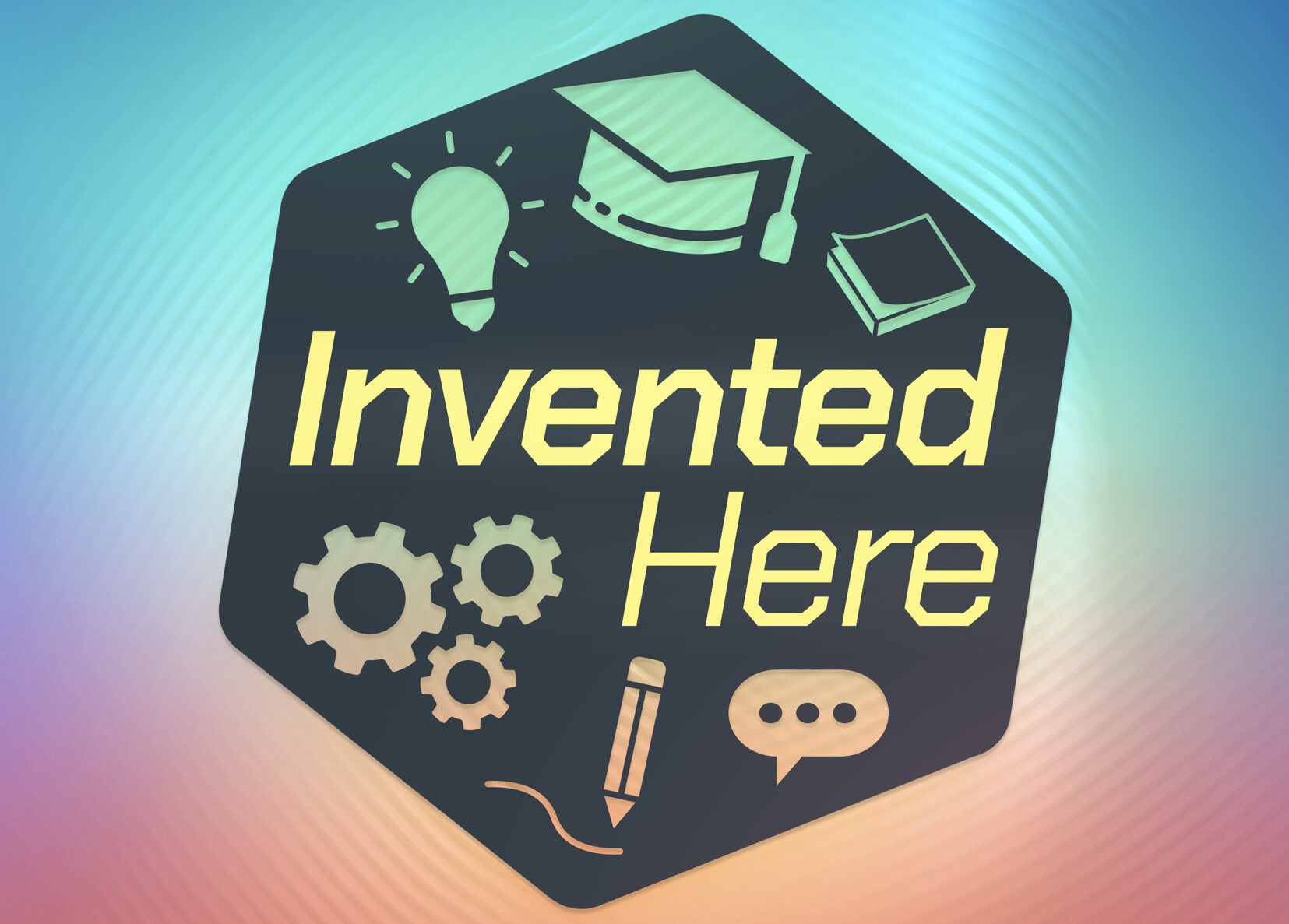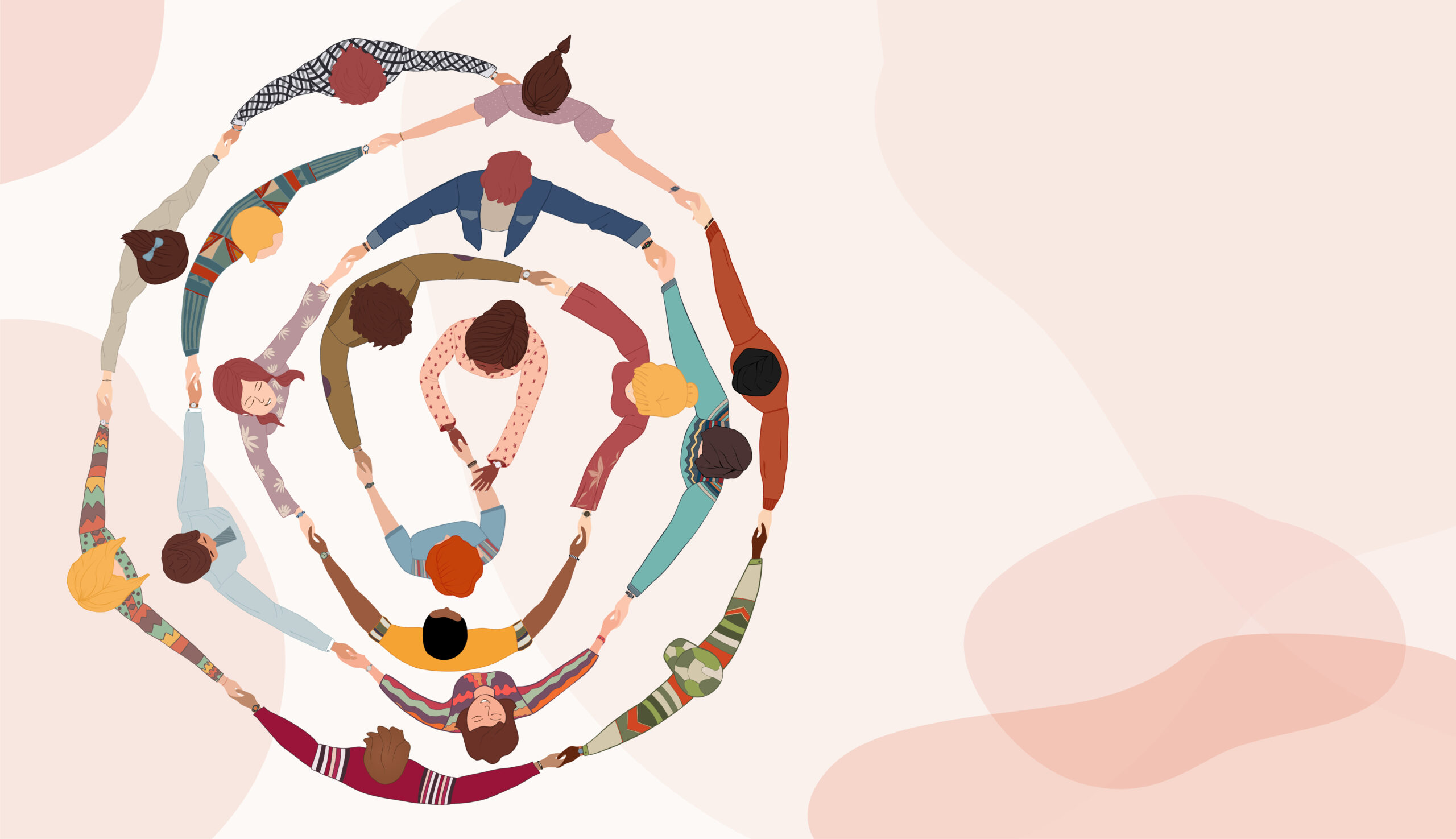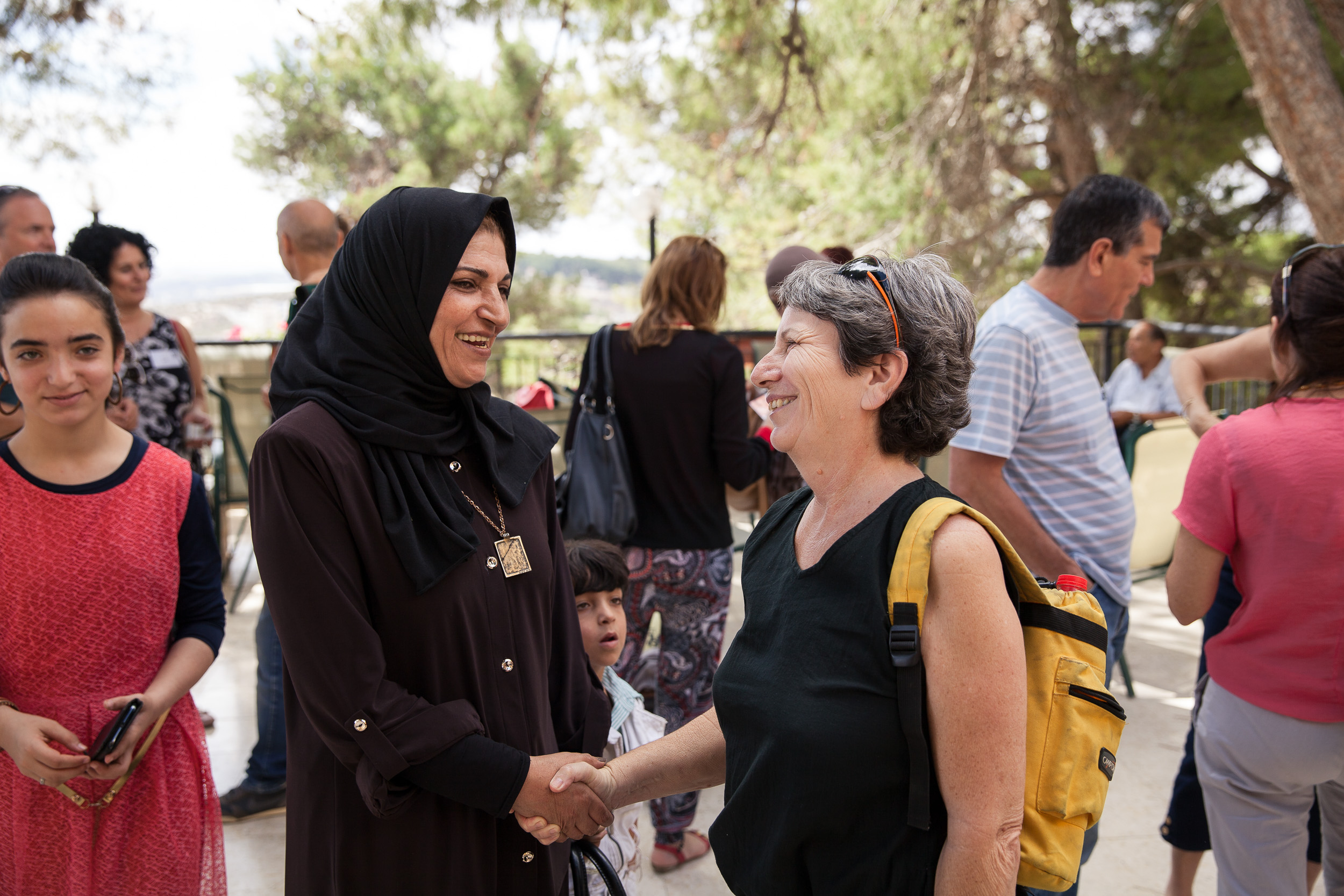When the save-the-date from my son’s fraternity landed in my inbox, I was confused. I had never heard of a “Mom’s Weekend.” His older siblings hadn’t participated in the Greek system in college. The email mentioned a few activities and reminded us to bring a contribution for the silent auction. Photos of past baskets were attached to guide our creativity: a customized Yeti cooler filled with beer; a margarita-themed bucket with cactus-shaped glasses, limes, and a handle of tequila; a poker-motif basket with cards, bourbon, whiskey, and cigars.
Mom’s (and Dad’s) Weekend, I learned, is a tradition in the Greek system. It’s an opportunity to have special time with your student and get to know their friends during a number of planned activities. This is no small thing for mothers adjusting to seeing far less of their children, feeling your role in their daily life fade, to some extent, into the background of a Facetime square. Our Mom’s Weekend schedule was pretty open, with just a handful of organized social events, among them a cocktail-reception-house-tour, followed by a pub night, mimosa brunch, and silent auction, with proceeds benefiting chapter activities.
I’m not a drinker, but all of it was a welcome window into my son’s freshman experience, more than a thousand miles from home. I decided to make it a road trip and visit family along the way. I gassed up the car and packed up my auction contribution — a barbecue-themed basket of grill utensils, spices, and sauces. (Sorry boys, not that kind of sauce.)
But I was coming into the weekend carrying more than my basket. My own experience at a small university was one where fraternities played an outsized role in campus culture and where, as editor of the newspaper, I was drawn by a campus controversy into the darker aspects of Greek loyalty. But that was then; this is now. I was hopeful I would come away from Mom’s Weekend with the sense that belonging to a fraternity today, in its more modern form, represented a positive opportunity for community among young men, including my son.
He is a private person, and I had only the vaguest idea of how his pledging process had gone earlier in the spring. Because he hadn’t participated in many of the fall rush activities — meaning, he hadn’t let it dominate his orientation to college social life — his options were limited, though he said the house he’d joined was “chill” with “good guys.” In his shorthand, that meant the parties weren’t the craziest, or the members too intense about their demands on his time. His grades were good, he had a steady girlfriend in his dorm, and nothing about the road to initiation had set off alarm bells at least from our parental perspective. We’d gotten a letter from the fraternity president assuring parents that they took their anti-hazing vows seriously.
***
During my own senior spring in college, I was working with the newspaper staff late one night to close an issue when the telephone rang on the office wall. An anonymous caller claimed to have recently broken into a secretive fraternity’s notorious windowless chapel and stolen decades of ledgers. In the pages, long-ago members had allegedly recorded their thoughts and activities, and over the years, generations of brothers had added notes the margins. The caller offered to bring me the ledgers.
At the time, I had only an English major’s best guess at the intricacies of journalistic freedoms and liabilities, something I would later study as part of a master’s degree in my chosen field. But I suspected I should not accept original stolen materials. So the caller made photocopies and left them in my car. There were references to some unsolved crimes on campus, chilling racial commentary, coded language about sexual encounters, and hazing episodes that had taken an alarming turn. More recent entries addressed changing rules and attitudes on campus and vowed that if the house were compelled to “build bridges,” they should only give enough lip service to remain the same. I began writing an article and called university administrators to let them know. They didn’t tell me I couldn’t run the piece. But they did advise against it and said they couldn’t insulate me from repercussions.
After the article appeared, the rallies and protests began. There were calls to suspend or ban the fraternity and some to eliminate the Greek system on campus, a move that had been raised for years. Fraternity and sorority members pointed to the benefits of bonding and the charitable deeds done. The fraternity’s alumni leaders flew in with lawyers and investigators, determined to find out who had been behind the theft. I laid low. It wasn’t my place to offer opinions or get involved in debates. But I’d taken the call and written the article, and my car tire was slashed, and the university house where I lived as an RA had a window broken. I heard the fraternity’s legal team wanted to speak with me, but there was never a subpoena. The state’s shield law protected journalists’ right not to reveal their sources, but whether that covered university students remained to be seen. My father asked me to keep a low profile because he’d rather not take out a second mortgage to explore that precedent in court.
Things quieted down a few weeks later when students left campus for the summer, but the fallout went on for years. The fraternity was suspended, moved to private property, and went underground. The faculty voted to abolish the Greek system, but the motion was symbolic and not supported by the administration. After I graduated, I received a manilla envelope in the mail with a printed list of companies that supposedly would never hire me. A year later, after I’d begun working at a magazine, I had a surprise visit. The receptionist said an industry publicist had arrived for an appointment and buzzed a man inside. He sat down in my cubicle, pulled a tape recorder out of his briefcase (there was once a thing called a briefcase), and started asking questions about the night I received the call at the newspaper office.
***
Then and now, the takeaway for me about the Greek system is this: What happens when impressionable young adults join societies like these? Membership fosters group loyalty through a secretive selection and initiation process, rituals, identity, and language. To what extent is that loyalty inclined to supersede the individual morality these young people are still developing? This is the place where you live and (literally, with fraternity cooks) the hand that feeds you. These are the people you spend your weekends with, gravitate towards in classes, and have likely committed to live with going forward. Brotherhood, and all the ways that is entwined in your life, is a lot of your world.
Loyalty is a funny thing when you live smack in the middle of it. It isn’t just a friendship where you go out for pizza and play video games, particularly if something doesn’t sit right in this new family-away-from-home. If we stick with the video game metaphor, you’ve been initiated by the people who created the world-building behind it. That shared game is your universe, and it feels like everyone in other Greek organizations have their own, too. The roles and personas and tones are set, whether it’s inside jokes or repeated stories, or old ledgers.
The experiences you have in college, positive and negative, go on to shape your character and identity, as well as your resilience in the face of adversity. The lessons learned during these years contribute to making you you — either because of the environment, or in spite of it. A college’s atmosphere set by the administration and faculty can make the difference between a student feeling like their school has their back, or doesn’t. Mine didn’t.
The lessons learned during these years contribute to making you you — either because of the environment, or in spite of it.
Mom’s Weekend was, to me, a smashing success, in part because most of what we did together existed beyond the footprint of the “weekend” itself. My son and I did a few of the organized activities, and I met some of his new fraternity brothers. But we skipped the bar crawls, and because it was too rainy to hike, went to the gym to work out. We had a delightful three-hour dinner at a local restaurant, and I got to know his lovely, down-to-earth girlfriend. She described for me her own pledging process, the pressure from sororities to present a cool image that’s your own impeccable brand, right down to a written statement about yourself and proof of a masterful social media presence. She is pursuing a demanding major and seemed to have kept pledging in perspective, though she saw it wreak havoc on others. A few weeks after Mom’s Weekend, I saw a story in the news that a fraternity at my son’s school had just been suspended for 40 years — though it was later revised to 15 — for repeatedly violating hazing rules while they were already on probation. They had been paddling pledges at the off-campus home of an alum.
My son has confided to his father that he’s had some mild pressure from upperclassmen who say he doesn’t spend enough time at the house. He’s already committed to living in the fraternity during his sophomore year and, just recently, also in his junior year at one of the fraternity’s off-campus annexes. He tells us that kind of advance signing is required so that the brotherhood can retain its hold on valuable rentals. I’ve long felt that my boy is his own dog and doesn’t roll over to social pressure when he has a solid home base. Still, it’s not lost on me that this housing commitment years into the future in effect makes the fraternity the primary scaffolding of his college experience. This, before he’s even declared his major. That’s a lot of clout for an organization to have over my kid, an organization I can’t say I know much of anything about. I guess I can say that the house was pretty clean during the tour.
And yet. Another part of my maternal brain knows that belonging is so important to young people’s sense of connection and community. My son’s age-cohort was the one that entered high school remotely as the pandemic did its damage, and part of that damage was their dislocation from their peers and their academic world, slouched in front of Zoom, hoodies up. The last thing I want for him is isolation. What I do want for him is the development of a discerning character — steady in his sense of himself and true to his values, whoever he’s with, whatever they are doing.
Leaving dinner that night, my son and I decided not to go to “around the clock” at the favorite local bar, where pitchers started off in the single digits in the afternoon, then go up by a dollar every hour. I dropped him and his girlfriend back at their dorm, then headed back toward my rental house. But first I had to stop back at the restaurant, where I’d forgotten my umbrella.
I parked as close as I could on a side street behind the main drag of town, home to many of the annexes like the one by son had just committed to for his junior year. Just in front of me, a group of laughing young men weaved on and off the sidewalk, shirtless in the 40-degree torrential rain. From the other side of the street, another group called out to them, chanting something about… I don’t know what, but it seemed to be positive, or maybe they were mad. They ran and crashed into each other in the middle of the street with perfectly executed chest bumps, delighted or angry, yelling things I couldn’t understand. I gave them a wide berth, more than happy to be an inconsequential NPC in the background of their game.
When I returned to the rental, my two housemate-moms were hanging out in the living room with their sons, watching basketball and eating popcorn. They’d gone to “around the clock,” then wanted to come back and chill at the farmhouse and watch TV. As the rain pounded the windows and wind threw the screen door back and forth, the four slouched, wrapped in blankets on a sectional in the dark room, ageless in comfortable silence.









